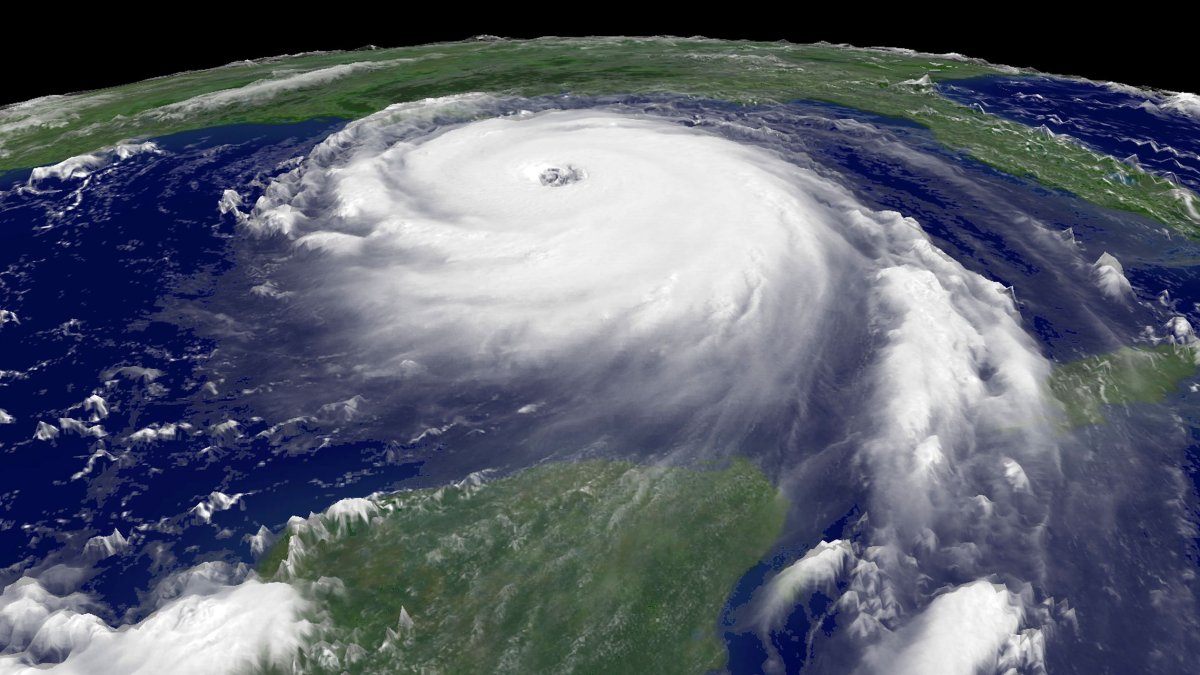Colorado State University (CSU) predicts a slightly below-average 2023 hurricane season for the Atlantic basin, citing the El Niño phenomenon as the main factor, according to a forecast from the Department of Atmospheric Sciences, one of the most prestigious the United States. Joined.
CSU predicts 13 named storms for the Atlantic hurricane season, which begins June 1 and ends November 30.
Of these 13 storms, researchers expect 6 to become hurricanes, with at least two reaching a major category (Saffir/Simpson Category 3, 4, or 5) with sustained winds of up to 111+ miles per hour .
“The tropical Pacific is currently in neutral conditions, which means that temperatures in the waters of the eastern and central tropical Pacific Ocean are near normal. Wide-scale weather conditions and forecasts indicate that a transition to El Niño is relatively likely in the coming months. However, there is uncertainty as to the strength of El Niño if it develops,” they said in their forecast.
THE EL NIÑO PHENOMENON COULD AFFECT HURRICANE DEVELOPMENT
Colorado State University and the National Oceanic and Atmospheric Administration (NOAA) understand that the El Nino weather phenomenon in the Atlantic could be favorable to reducing hurricane development.
NOAA recently noted that there is an 82% chance of an El Niño event occurring during the peak of hurricane season.
“El Niño normally reduces hurricane activity in the Atlantic by increasing vertical wind shear,” said Philip Klotzbach, a CSU meteorologist who specializes in seasonal forecasts of hurricanes in the Atlantic Basin.
However, that doesn’t mean they don’t happen. The University of Colorado explained that “As is the case with all hurricane seasons, coastal residents are reminded that all it takes is one hurricane to make landfall for it to be an active season for them. They should prepare the same for each season, regardless of the planned activity,” reads the publication from Colorado State University.
In 2022, Hurricane Ian was the largest cyclone to make landfall in Southwest Florida as a Category 4 hurricane, causing massive wind and storm surge damage in the southwest Florida, as well as extensive flooding across large swaths of the state.

